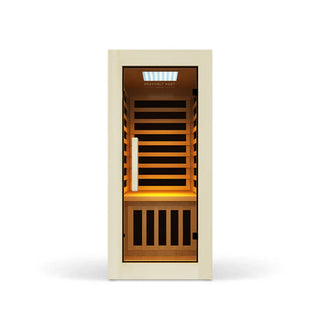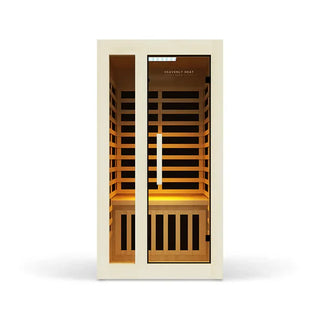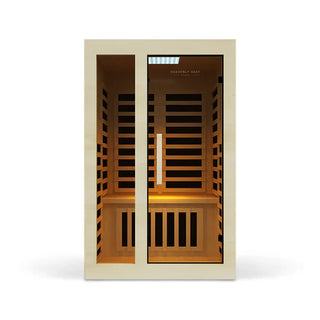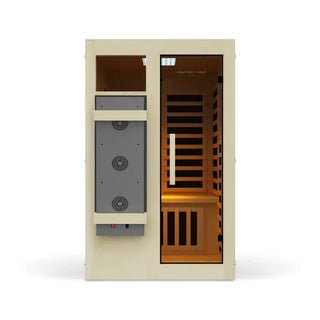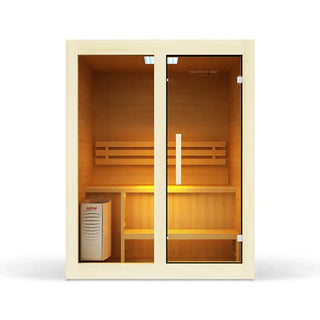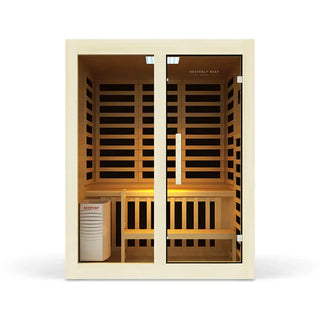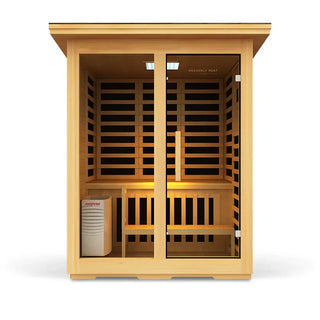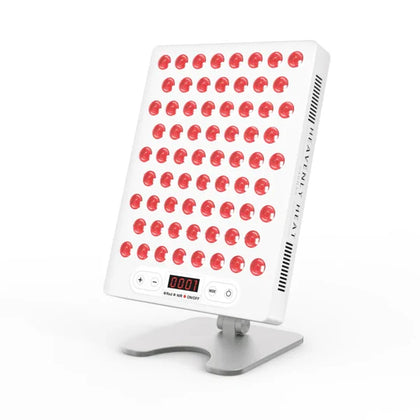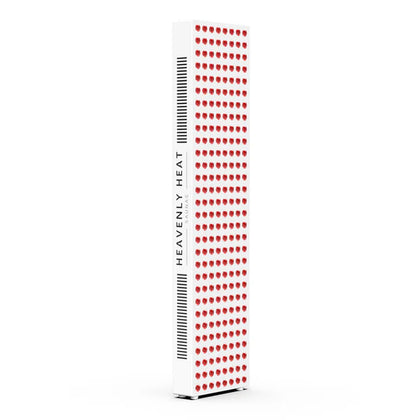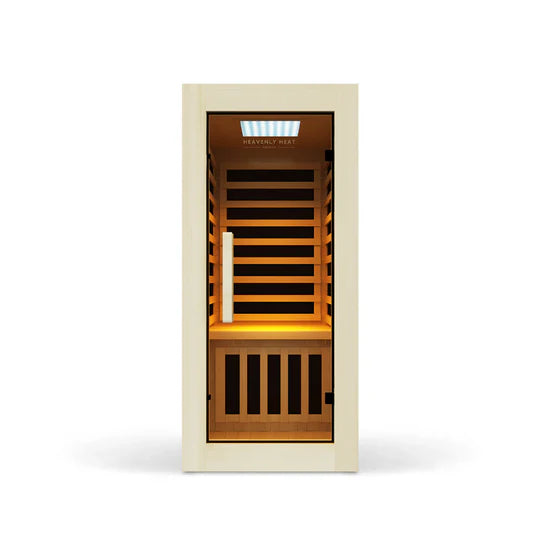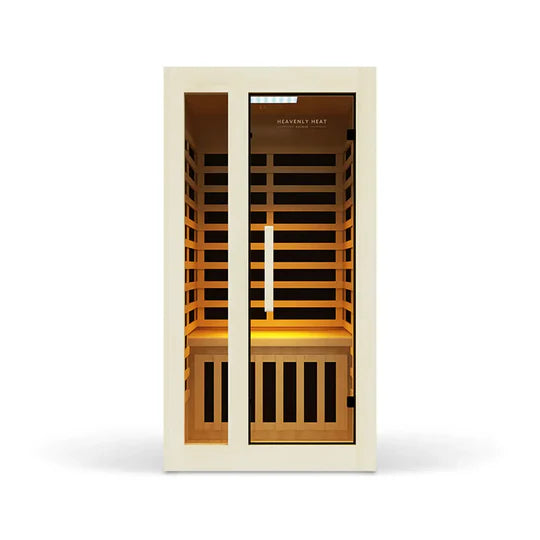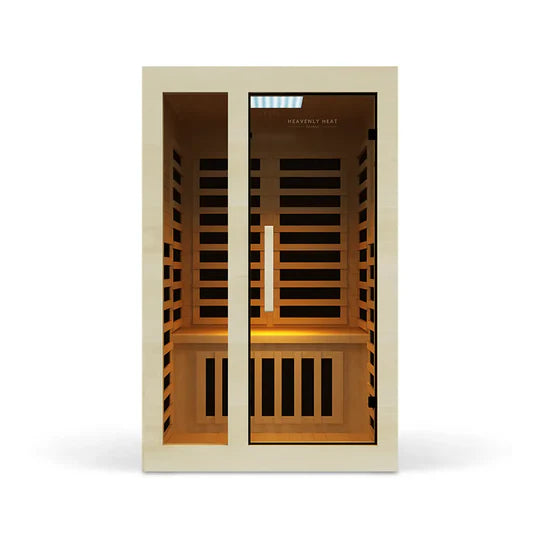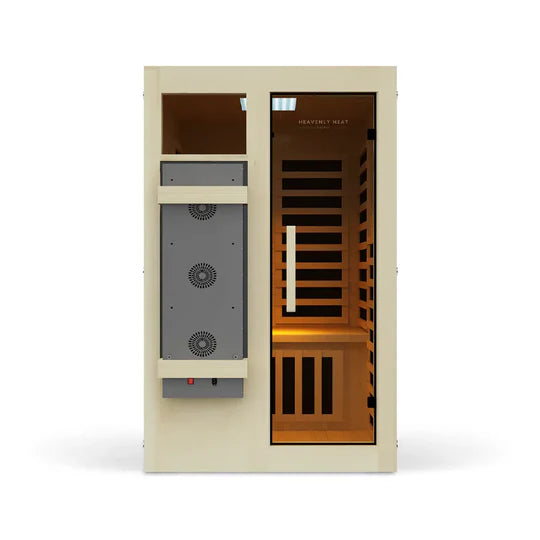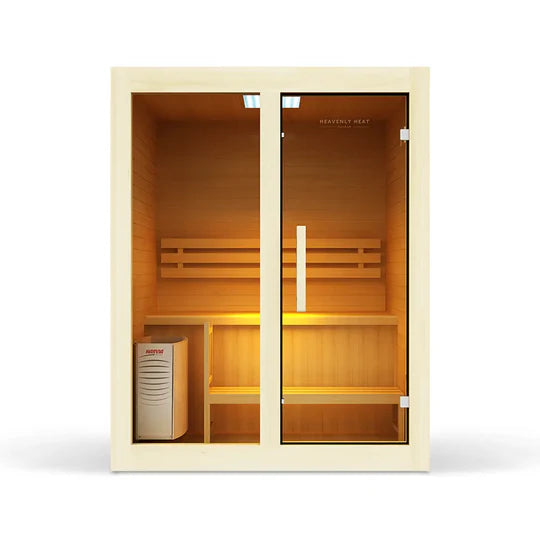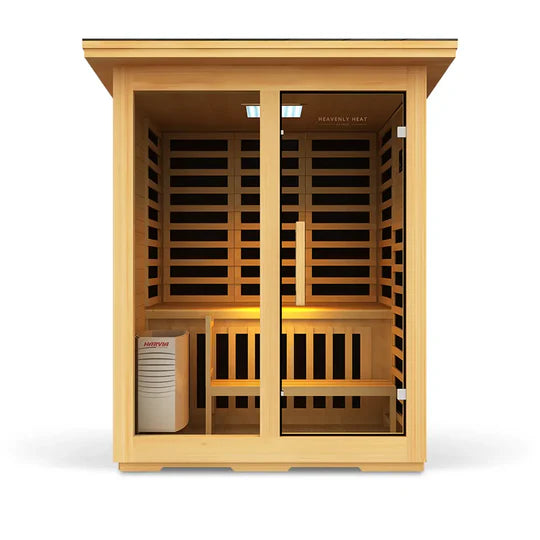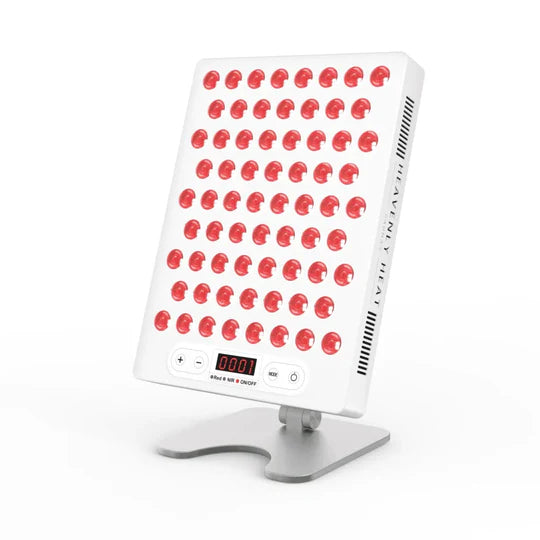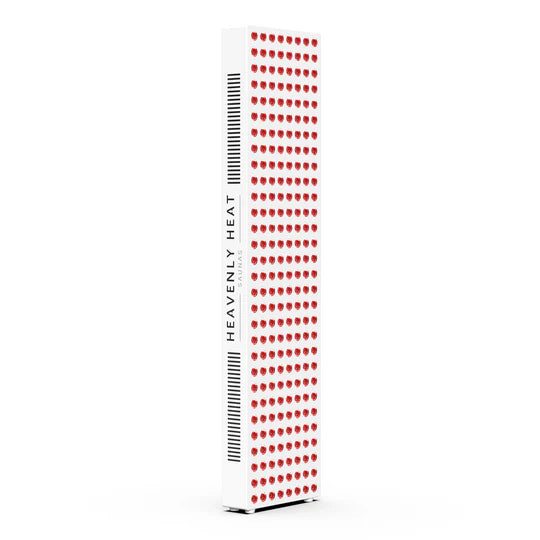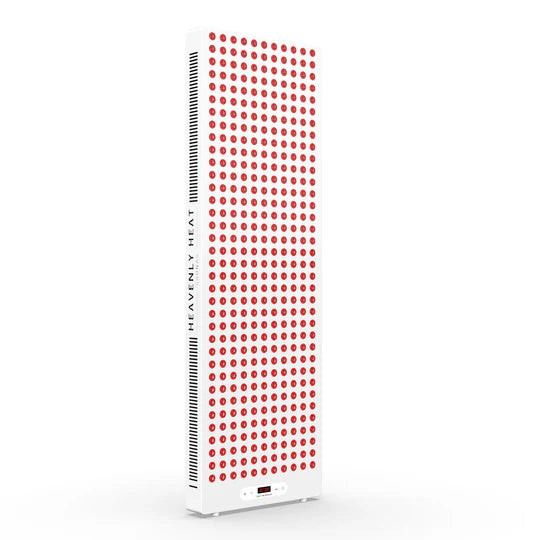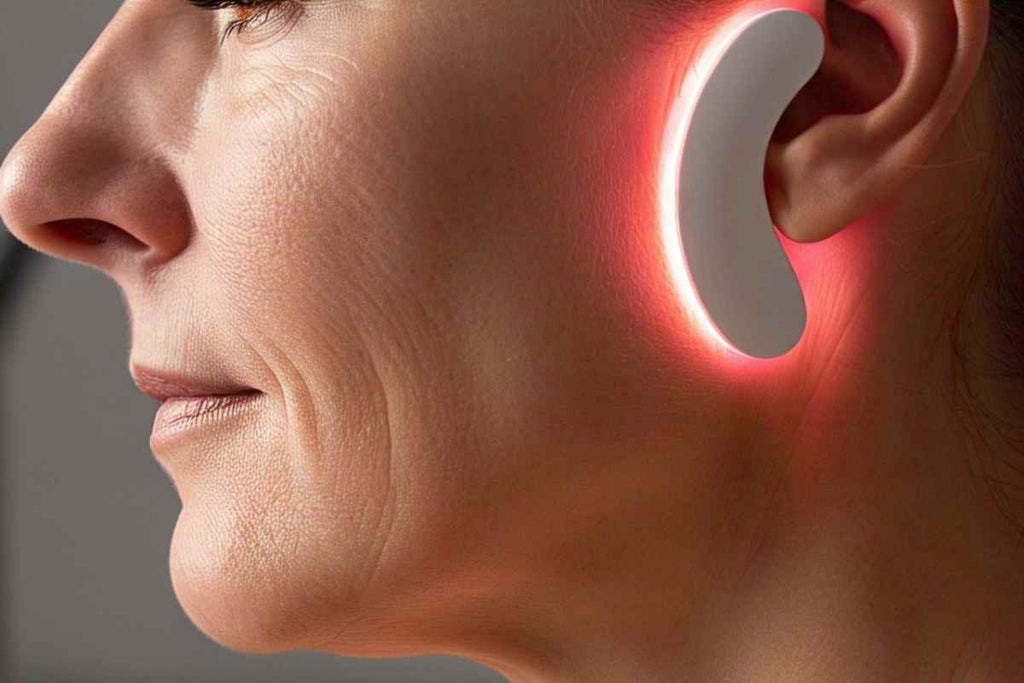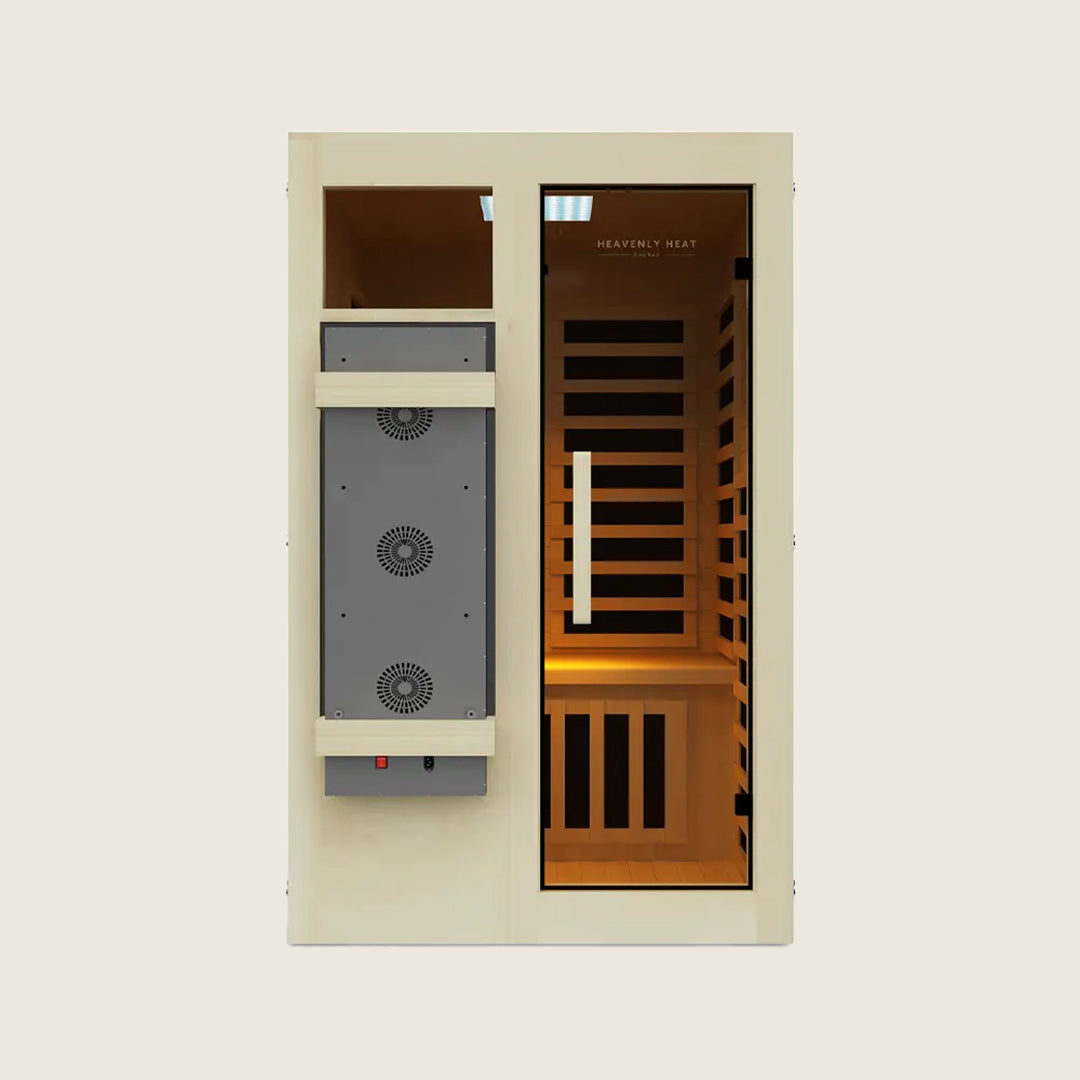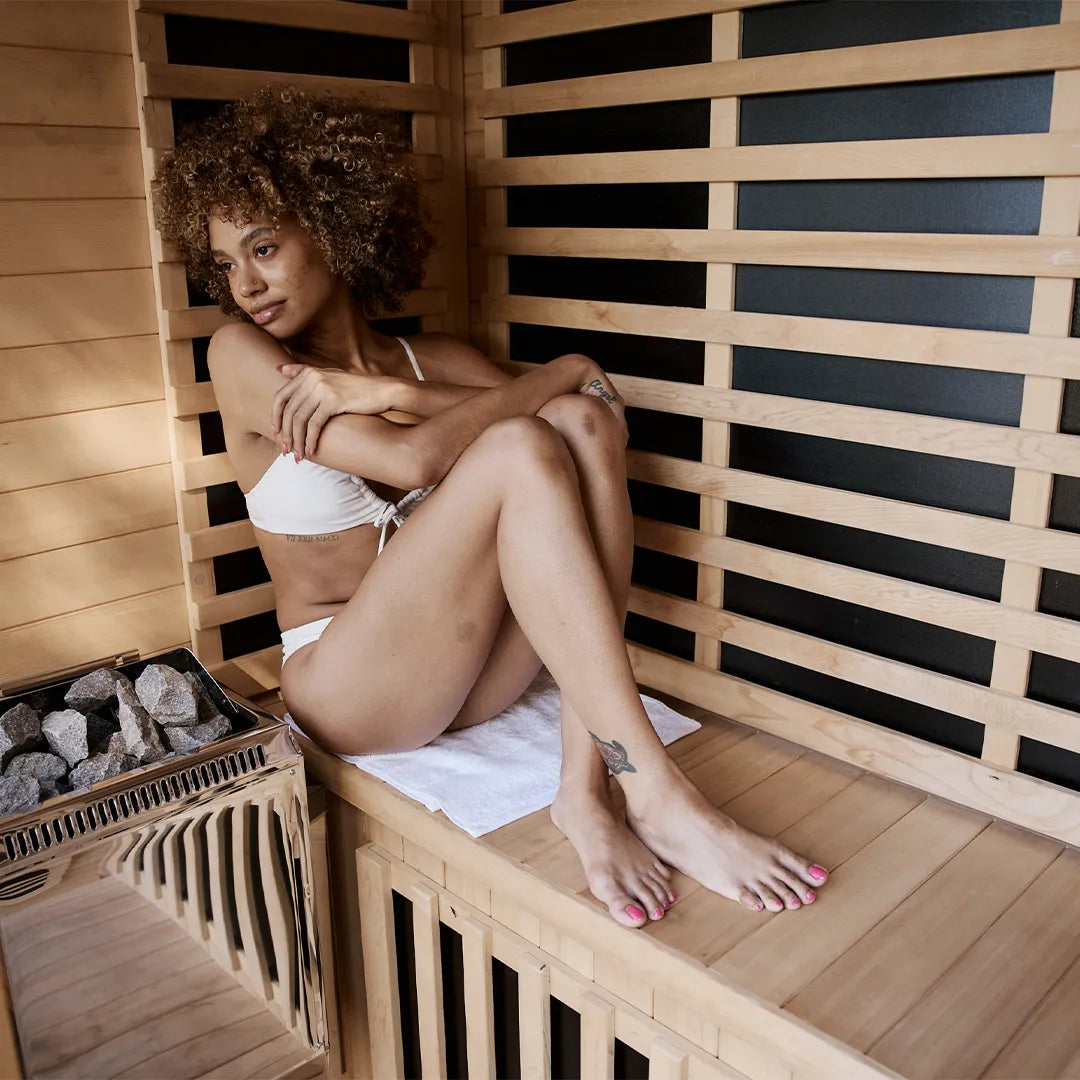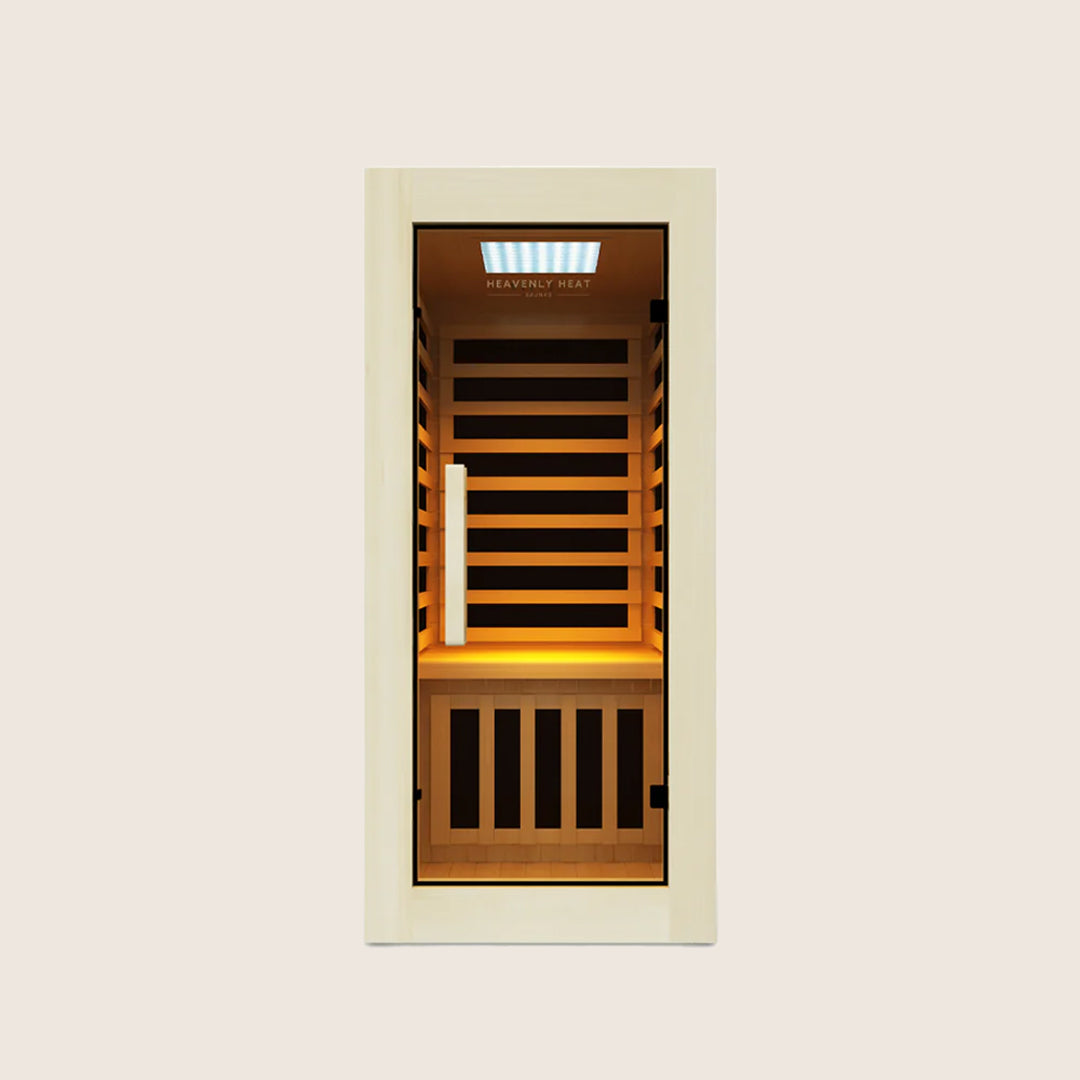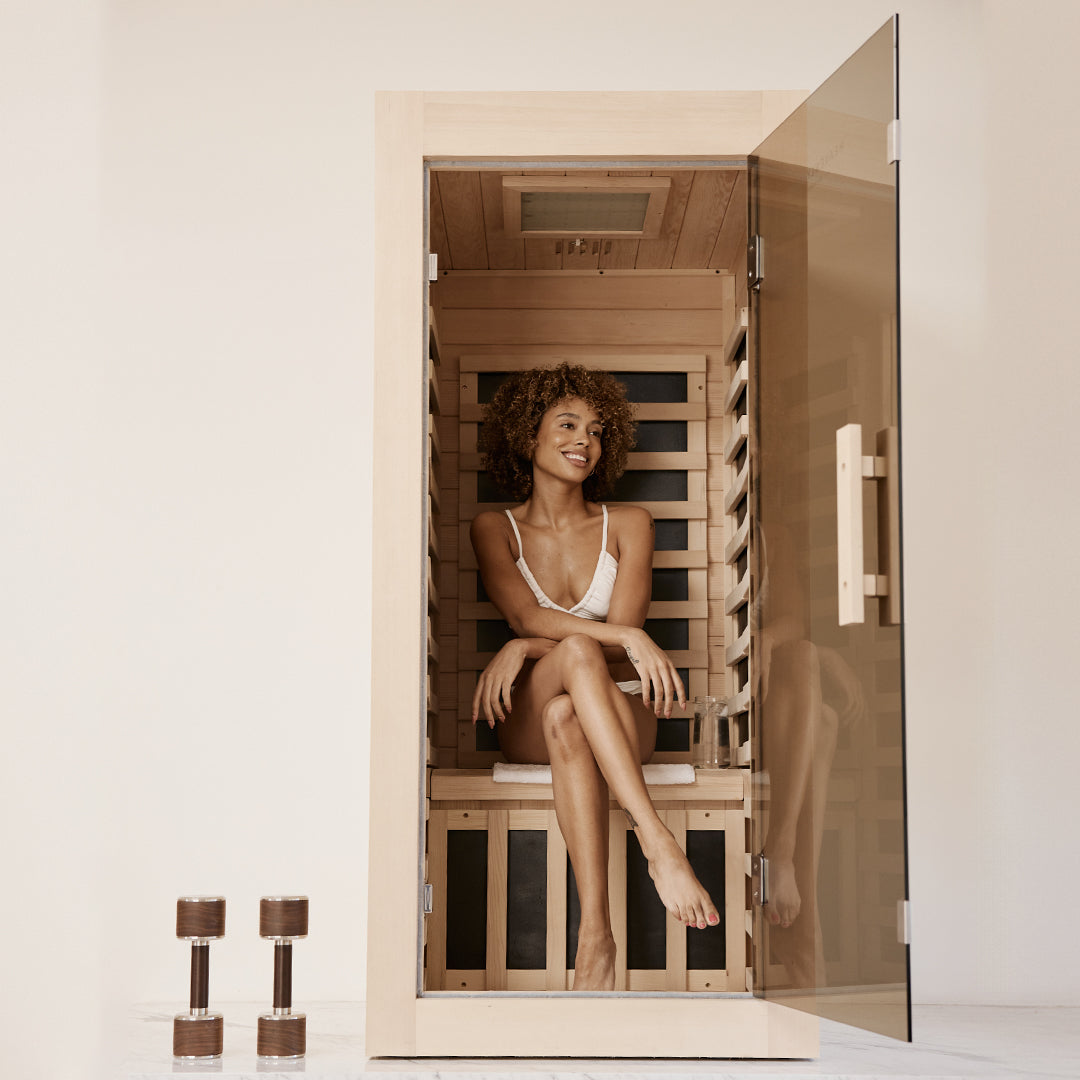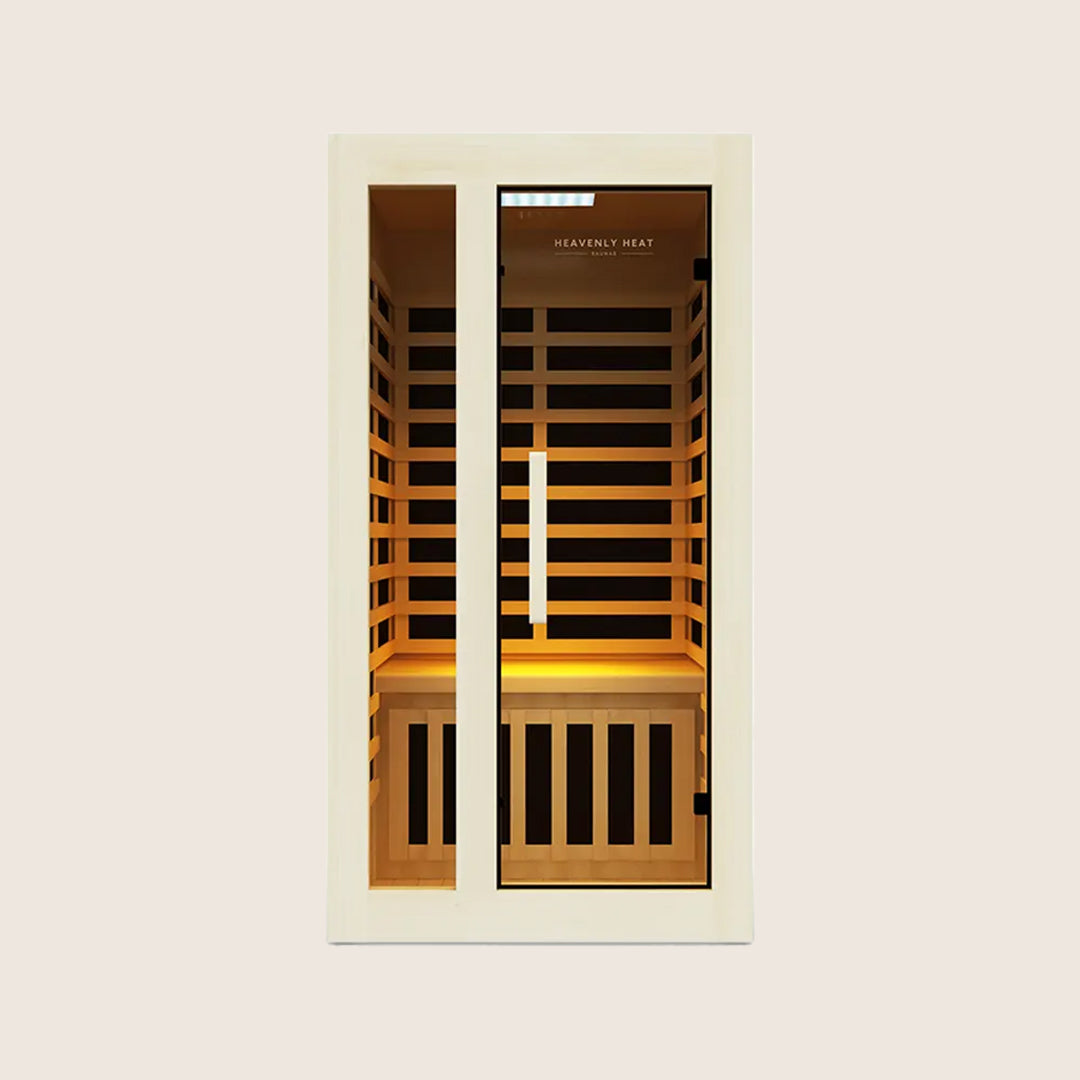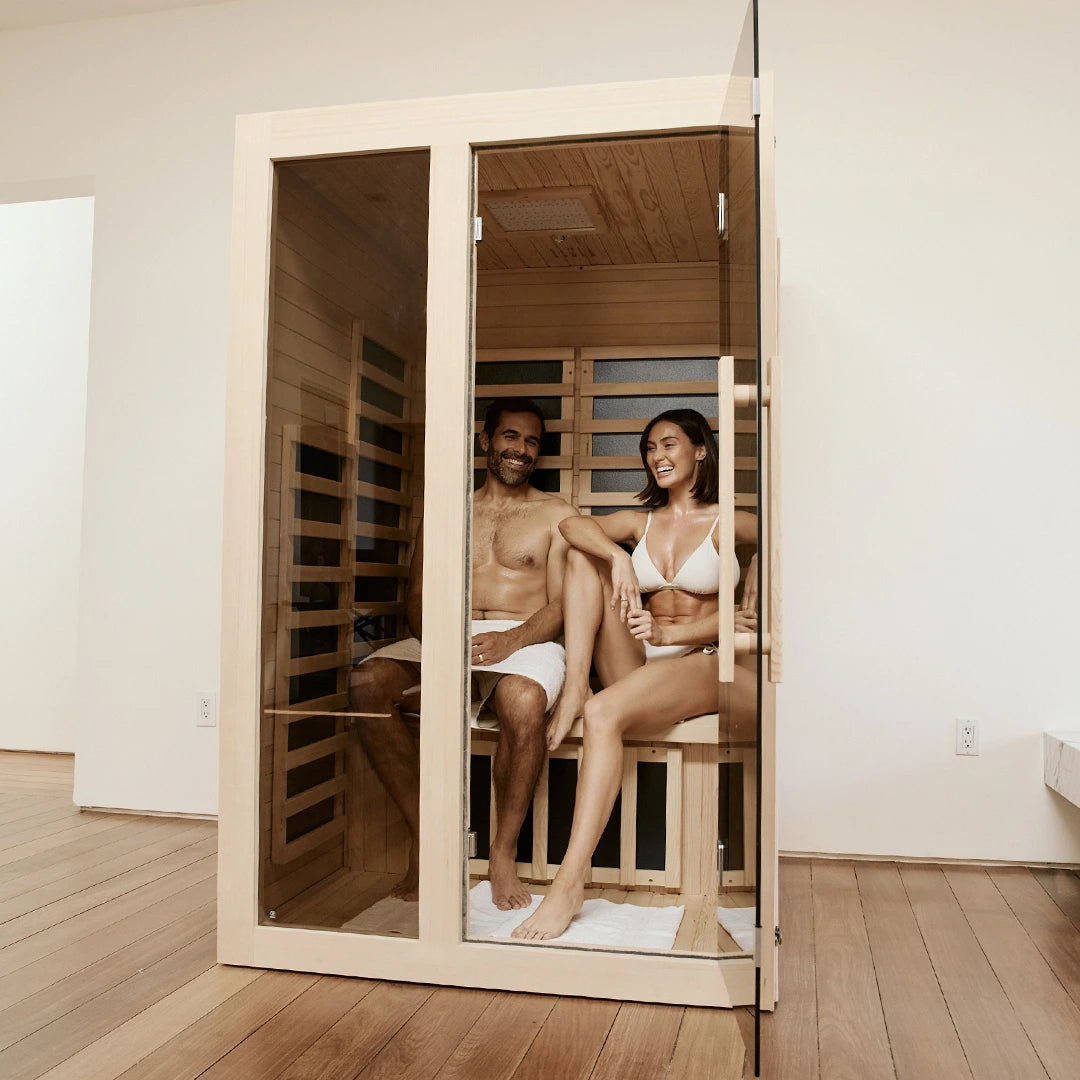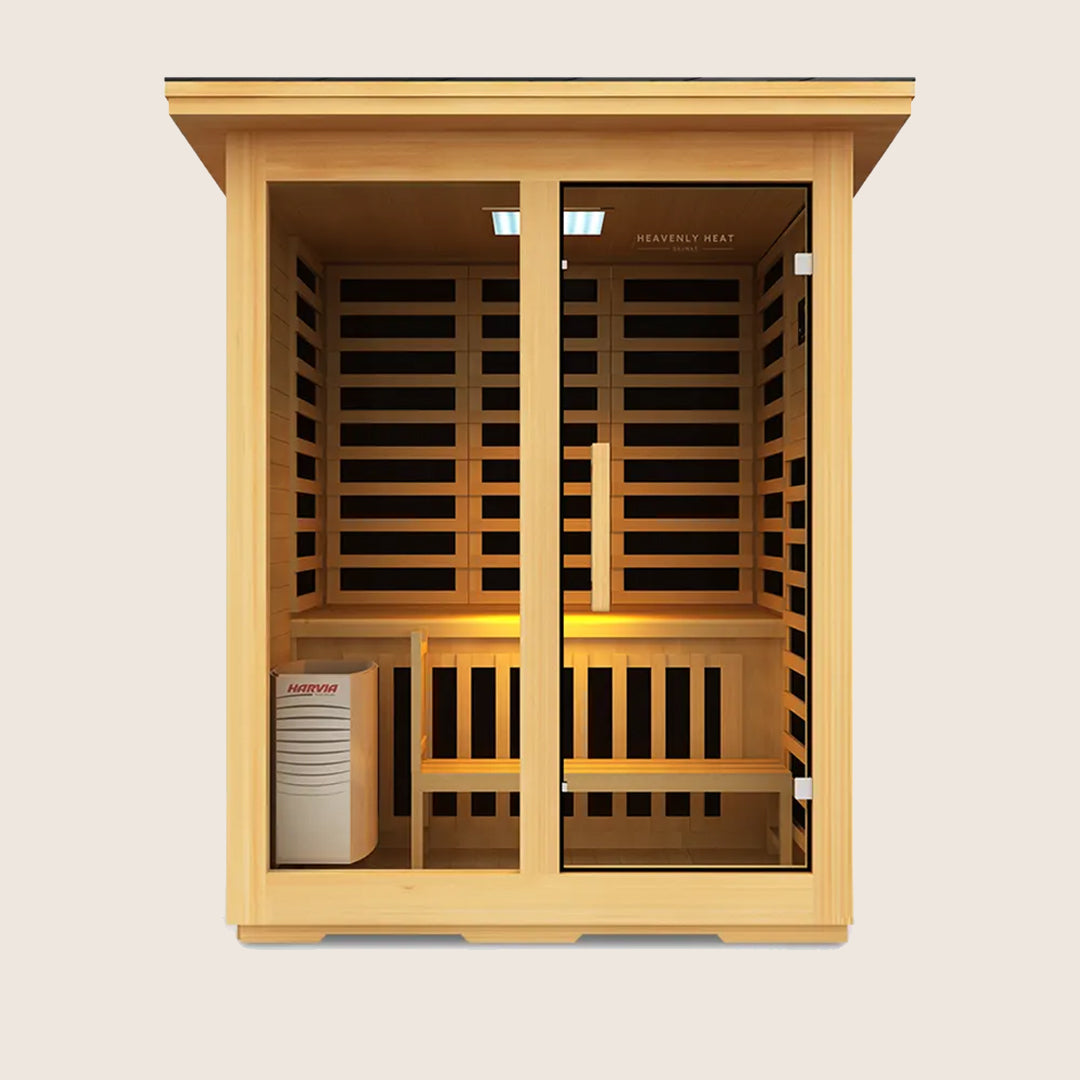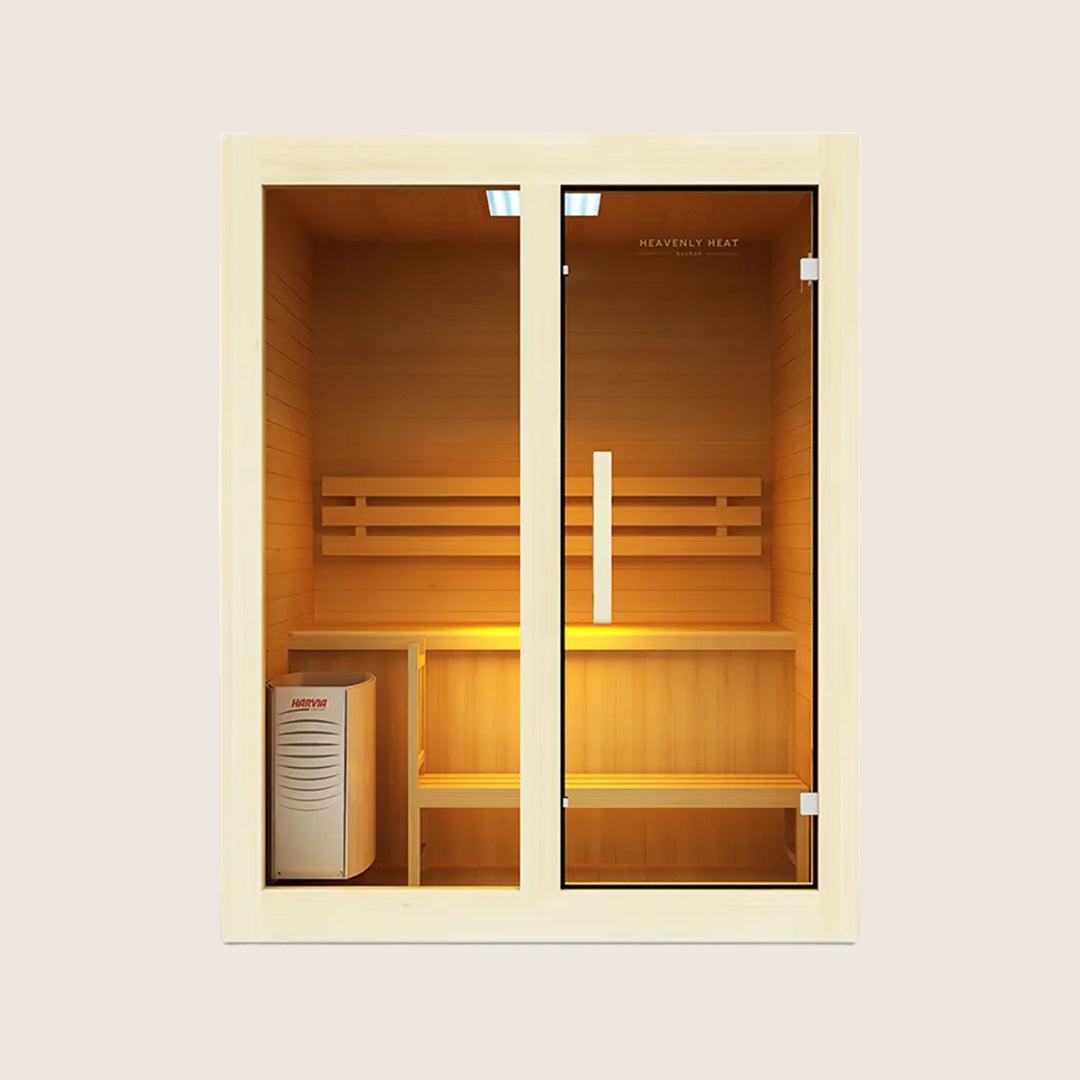Does Red Light Therapy Help Rosacea?
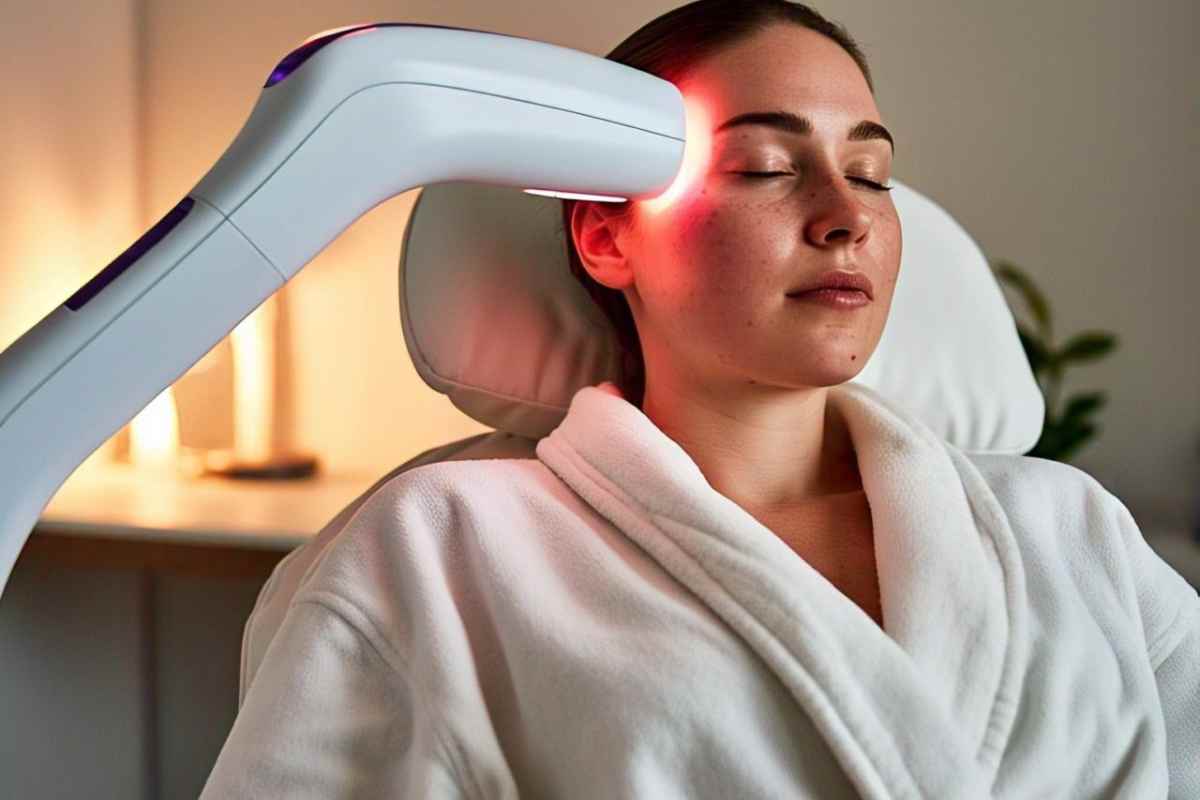
Struggling with rosacea can be frustrating. Persistent redness, visible veins, and painful bumps make everyday life feel like a constant battle.
Worse, flare-ups can occur unpredictably, affecting both your confidence and comfort.
But what if there’s a potential treatment that could help? In this post, we dive into how red light therapy might offer relief and transform your rosacea management.
Key Takeaways
-
Red light therapy can reduce redness and inflammation by improving blood flow and calming the skin.
-
Collagen production is boosted, helping to repair skin and minimize visible blood vessels associated with rosacea.
-
It offers a safe, non-invasive treatment option for sensitive skin without the need for harsh medications.
-
At-home devices can help manage rosacea but may take longer to show results compared to professional treatments.
-
Consistent use of red light therapy can provide long-term relief by reducing flare-ups and preventing future symptoms.

What is Rosacea?
Definition of Rosacea: Rosacea is a common skin condition that causes redness and visible blood vessels, primarily on the face. The main symptoms include persistent redness, swelling, and visible bumps, often mistaken for acne.
Common Signs and Triggers: You might notice redness on the nose, a common sign of rosacea, along with flare-ups triggered by stress, certain foods, or sun exposure.
Who Gets Rosacea?: Rosacea affects around 5% of the global population, including approximately 3.7% of adults aged 25 to 39 and 3.2% of adolescents/young adults aged 16 to 24.
What Causes the Redness?: Rosacea develops when blood vessels dilate easily, causing the skin to appear flushed.
Rosacea vs. Other Skin Conditions: While rosacea shares similarities with other conditions, like lupus or seborrheic dermatitis, it has distinct characteristics. For example, lupus often causes joint pain and a rash in other parts of the body, while seborrheic dermatitis can affect the scalp and eyebrows, with scaling that rosacea doesn’t cause.
Emotional Impact of Redness: One key feature of rosacea is facial redness, or erythema. In fact, a 2012 NRS survey found that 61% of individuals with erythematotelangiectatic rosacea reported social life inhibition, a figure that increased to 72% for those with moderate to severe redness.
Types of Rosacea
- Erythematotelangiectatic (redness and visible blood vessels)
- Papulopustular (bumps and pimples)
- Phymatous (thickening skin)
Can Rosacea Get Worse?: Over time, it can worsen, but with early treatment, you can manage it effectively.

The Science Behind Red Light Therapy and Rosacea
Recent scientific evidence suggests that red light therapy can be an effective and safe treatment for rosacea, a chronic inflammatory skin condition affecting about 5% of the global population.
A case report published in the Journal of Medical Case Reports (2020) demonstrated that a combination of blue (480 nm) and red (650 nm) light-emitting diode (LED) therapy significantly improved symptoms in patients with papulopustular rosacea, highlighting its potential as a well-tolerated alternative to conventional anti-inflammatory treatments.
Additionally, a systematic review published in Science Direct (2022) examined nine clinical studies employing photodynamic therapy (PDT) with various light sources including red light, revealing consistent clinical improvement with minimal and temporary side effects.
While these findings provide promising preliminary evidence, the authors emphasize the need for larger randomized controlled trials to confirm efficacy and optimize treatment protocols.
Overall, red light therapy represents a promising, non-invasive approach for managing rosacea symptoms safely and effectively.
Benefits of Red Light Therapy for Rosacea
Reduced Redness and Inflammation
Red light therapy helps calm the skin by reducing the redness and inflammation that make rosacea so frustrating.
The light goes deep into your skin and gives energy to your cells, helping them heal and work better.
It also lowers stress in the skin and cools down the overactive immune response that causes flare-ups.
In one study , people who used red and near-infrared light twice a week saw smoother skin, less redness, and better overall skin tone.
Another study showed , this light therapy lowers inflammation in irritated cells, exactly what rosacea-prone skin needs to feel and look better.
Enhanced Skin Healing and Repair
Red light therapy helps your skin heal faster, which is a big win if you have rosacea. This condition often damages the skin barrier and leaves your face red, inflamed, and sensitive.
Red light boosts your skin’s ability to repair itself by increasing collagen, improving blood flow, and calming inflammation.
In simple terms, it gives your skin the tools it needs to bounce back quicker after flare-ups. One review looked at , 68 studies and found that both LED and laser light reduced inflammation and sped up healing.
Another study showed that , LED light lowered key inflammation markers and helped wounds heal faster in rats.
Boosted Collagen Production
Collagen is like the skin’s natural shield, it helps keep your skin strong, smooth, and calm. For people with rosacea, boosting collagen can help repair the damaged skin barrier and reduce redness and irritation.
Red light therapy encourages your skin to make more collagen, which speeds up healing and makes your skin tougher against flare-ups.
One study found that shining low-level red and near-infrared light on skin cells helped them produce more collagen and elastin, which makes skin firmer and healthier.
Another study with over 100 people showed that regular red light treatments improved skin texture and increased collagen safely, helping calm rosacea symptoms.
Minimization of Visible Blood Vessels
- Red light helps shrink the visible blood vessels under the skin: Visible blood vessels, a common symptom of rosacea, can be minimized through red light therapy. This treatment works by stimulating the vessels beneath the skin, causing them to tighten and appear less visible.
- Better blood flow makes the vessels look less obvious: Red light encourages healthier blood circulation, which helps reduce the bold appearance of blood vessels on the face. Over time, the skin looks clearer and more even.
- Most people start seeing fewer blood vessels after a few sessions: Many patients notice visible improvement after just a few treatments. According to the American Academy of Dermatology, 1 to 3 sessions can reduce visible vessels by 50% to 75%.
- Spacing out the treatments gives the best results: Sessions are usually done every 3 to 4 weeks. This timing helps the skin heal and respond better to each round of therapy.
- The results last for years, but touch-ups may be needed: Once treated, the same blood vessels usually don’t come back for 3 to 5 years. However, since new vessels can form, maintenance treatments help keep the skin clear and smooth.
Safe, Non-Invasive Treatment Option
Red light therapy offers a safe, non-invasive way to treat rosacea without the need for harsh medications or surgical interventions.
The treatment works by using gentle light to stimulate healing from within the skin . It doesn’t require needles, incisions, or recovery time , making it a convenient option for those with sensitive skin .
| Symptom or Concern | Does Red Light Therapy Help? |
| Persistent redness | ✅ Yes |
| Inflammation/swelling | ✅ Yes |
| Visible blood vessels | ✅ Yes |
| Bumps and pimples | ✅ To some extent |
| Skin thickening (phymatous rosacea) | ❌ No |
| Flare-up prevention | ✅ Yes |
| Acne-like breakouts | ✅ With consistent use |
| Acne-like Sensitivity to skincare products | ✅ Helps calm irritation |

Summary:
If you’re struggling with rosacea, red light therapy can help reduce redness, heal your skin, boost collagen, and minimize visible blood vessels all without harsh treatments. It’s a safe, gentle, and effective way to support healthier, calmer skin over time.
Can Red Light Therapy Be Used on Sensitive Skin Areas?
- Red light therapy is usually gentle, but starting slow is smarter: Red light therapy is generally safe even for sensitive skin, but it’s best to begin with shorter sessions. This helps you see how your skin reacts without risking irritation.
- Putting red light on broken or irritated skin can make things worse: If your skin is already inflamed or damaged, it’s better to wait before using red light therapy. Sensitive areas need time to heal and may not handle the treatment well right away.
- This therapy helps calm red, inflamed skin over time: Red light therapy works by reducing redness and swelling, which is great news for people with rosacea or naturally sensitive skin. It can slowly improve skin condition when used regularly and carefully.
- Delicate spots like cheeks and nose often improve with gentle use: Sensitive parts of the face, like the cheeks or nose, can benefit from red light. It helps reduce flare-ups and supports healing without being too harsh when used properly.
- Doing it too often or too strong can hurt sensitive skin: Using red light therapy too frequently or with high intensity might cause problems instead of solving them. To stay safe, talk to a dermatologist before starting, especially if your skin is sensitive.
Quick Summary:
Safe for sensitive skin with proper precautions
Start with shorter sessions to test skin response
Avoid use on broken or inflamed skin
Helps reduce redness and inflammation (e.g., rosacea)
High intensity or frequent use may cause irritation
Always consult a dermatologist before starting
Are There Any Side Effects of Red Light Therapy for Rosacea?
- Some people feel more irritation after red light therapy: Red light therapy can sometimes make rosacea worse for people with very sensitive skin. The strong light may lead to more redness, irritation, or even flare-ups.
- The skin can become dry or start to peel: For certain individuals, this therapy might leave the skin feeling dry or cause peeling, which can feel uncomfortable if not treated properly.
- It’s usually safe when done the right way: Even though side effects are possible, red light therapy is mostly safe for people with sensitive skin if it’s used gently and under proper guidance. Talking to a skin expert can help you avoid problems.
Quick Summary of Possible Side Effects:
Skin irritation or sensitivity
Increased redness or inflammation
Potential flare-ups in some cases
Dryness or peeling
Generally safe if used properly and moderately
Other Therapies that help with Rosacea
Green tea extract
Green tea extract is another therapy that can really help calm rosacea. It works by targeting the redness, bumps, and irritation that come with flare-ups.
One powerful part of green tea, called EGCg, helps fight inflammation and keeps your skin feeling soothed.
A study in the Journal of the American Academy of Dermatology , found that women who used a cream with 2% green tea extract twice a day for four weeks saw big improvements, 70% had clearer, calmer skin. That’s a simple, natural option worth trying.
Yellow light therapy
Yellow light therapy is another treatment that can really help calm rosacea. It works by gently reaching into the skin to reduce redness, soothe inflammation, and shrink visible blood vessels.
It also helps lower the number of Demodex mites, tiny bugs on the skin that can make rosacea worse.
One study showed that , people who got pro-yellow laser treatment saw a big drop in these mites after just four weeks.
Another study looked at , a mix of yellow LED light, ozone water therapy, and a common antibiotic.
People who had the full combination got faster relief, had less itching and burning, and were less likely to have their rosacea come back.
Compared to just taking the antibiotic, the results were much better. So if you’re looking for something beyond the usual treatments, yellow light therapy might be a smart and soothing option to try.
Blue light therapy
Blue light therapy is another treatment that can really help calm rosacea symptoms. It works by going deep into the skin to kill the bacteria that cause breakouts and reduce the redness and swelling that comes with rosacea.
Think of it like giving your skin a reset without using harsh creams or pills. A study in the Journal of Medical Case Reports , showed that blue and red light therapy helped two people with rosacea see real improvements. It’s a gentle, safe option that’s worth considering.
Should You Use Professional Red Light Therapy or At-Home Devices for Rosacea?
- Professional treatments usually work faster and better: If you want quick and visible results for rosacea, professional red light therapy often gives better outcomes because the machines are stronger than the ones used at home.
- Home devices are slower but easier to fit into your routine: At-home red light therapy tools are more convenient because you can use them anytime, but they don’t work as fast since they’re not as powerful.
- Using a home device regularly can help you keep redness under control: Even though they’re not as strong, home devices can help manage flare-ups and maintain the progress you get from professional treatments.
- The price difference between clinic visits and home devices can be huge: Clinic sessions can cost between $25 and $300 each, while home devices can cost anywhere from $25 to over $7,000, depending on the brand and features.
Quick Summary:
Professional Therapy: Higher intensity, faster results, costs $25–$300 per session.
At-Home Devices: Lower intensity, more gradual results, prices range from $25–$7,000+.
Best For:
Professionals: Quick, dramatic results.
At-home: Convenience and ongoing maintenance.
Can At-Home Red Light Therapy Devices Help with Rosacea?
- At-home red light therapy really can help with rosacea: Using red light at home has shown to be quite effective in managing rosacea symptoms when used regularly.
- It reduces redness and helps skin heal faster: This kind of light helps calm the skin, reduce inflammation , and supports healing by boosting collagen.
- These devices are safe if you use them the right way: As long as you follow the instructions that come with the device, they are generally safe for rosacea-prone skin.
- The right kind of light makes a big difference: The best results come from red light in the 630–650nm range , which reaches the skin deeply enough to treat rosacea properly.
- Using it a few times a week gives the best results: For most people, using the device 3–4 times a week is enough. Using it too much can irritate your skin, so it’s important to stick to a routine.
- It’s a great way to support other rosacea treatments: At-home red light therapy can’t fully replace professional care, but it’s a great way to support long-term rosacea management.
Quick Summary:
Effective for rosacea when used consistently
Reduces redness & inflammation by boosting collagen
Ideal wavelength: 630–650nm
Use 3–4 times a week for best results
Follow usage instructions to avoid irritation
Works best as a supplement to professional care
Does Red Light Therapy Offer Long-Term Benefits for Rosacea?
Red light therapy has shown promising long-term benefits for people with rosacea. It can significantly reduce redness and inflammation, providing lasting relief.
With consistent use, it helps calm the skin , making it a viable long-term treatment option .
Over time, red light therapy may help prevent rosacea flare-ups , keeping the condition in check and reducing the need for other treatments .
Summary
Reduces redness and inflammation
Provides lasting relief with consistent use
Helps prevent future flare-ups
May reduce dependency on other treatments
FAQs
What Wavelengths of Light are Effective for Rosacea?
"Red light therapy, with wavelengths around 630-650 nm, helps reduce inflammation in rosacea. Wavelengths around 630-650 nm, such as 660 nm, effectively penetrate the skin, promoting circulation and reducing inflammation. Pulsed dye lasers, using wavelengths between 585-595 nm, target the vascular aspect of the condition."
How Often Should You Use Red Light Therapy for Rosacea?
For red light therapy for rosacea, aim for 3-4 sessions per week. Daily use can be effective but may irritate the skin if overdone. Expect noticeable improvements in 6-8 weeks, depending on the severity.
Can Red Light Therapy Be Used Alongside Other Treatments for Rosacea?
Red light therapy can be safely combined with most rosacea treatments, enhancing their effectiveness in reducing redness and inflammation. It doesn't interfere with antibiotics and may support healing by reducing skin irritation.
Can Red Light Therapy Prevent Rosacea Flare-Ups?
Red light therapy can help manage rosacea by reducing inflammation, soothing the skin, and decreasing redness. It’s effective in preventing flare-ups when used consistently, balancing skin reactions and making it easier to handle triggers.


